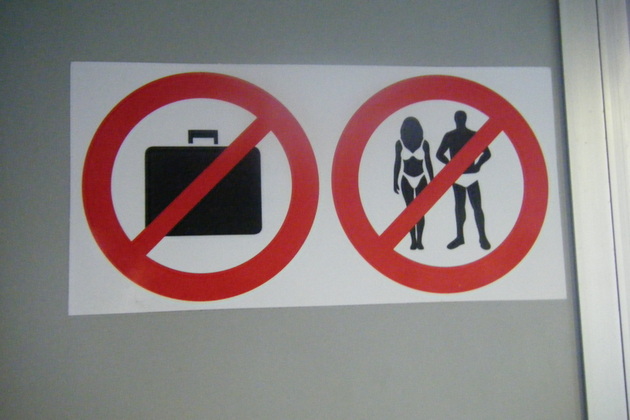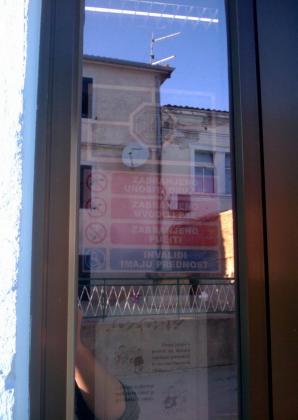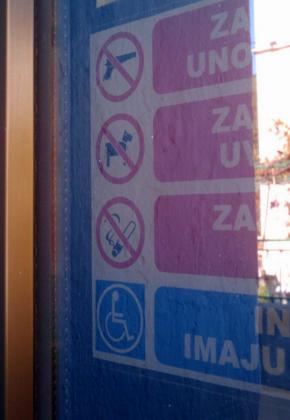Christian Bazant Hegemark in his Studio
It took a wedding to lure us back to vienna after eight years of absence. Christian’s hospitality was overwhelming and the fun it is to take his portrait didn’t change either.
It took a wedding to lure us back to vienna after eight years of absence. Christian’s hospitality was overwhelming and the fun it is to take his portrait didn’t change either.
It has been a while since I last rubbed elbows with Goethe, Schiller and the likes in this neat little town — close to a quarter of a century to be precise. In total everybody in the family loved the experience, the only place we found somewhat disappointing was the Bauhaus-Museum.
In a possible world I would live in the old family farm by the forest. I’d have a wood fired oven, plenty of vegetables and fruit from the garden and more space in- and outside the house than I could possibly fill. I would eat my home baked bread for breakfast in the old chicken yard while enjoying the most stunning view over the Weser-valley.
I’d also have had an idea why I would and could live in the sticks, I’d have had another idea that would fill ex-barn and ex-stable with something sensible – preferably something sensible and income-generating so it would provide me with yet another idea on how to pay for maintenance of the gigantic roof.

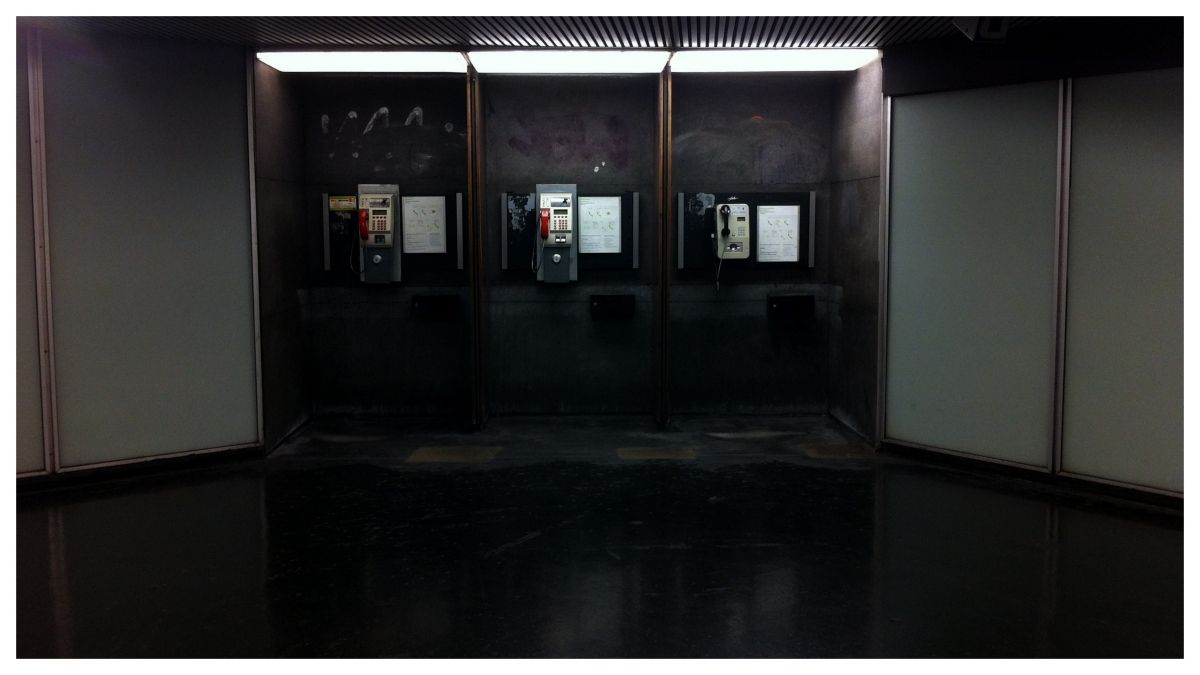

Toilets, Camping »La Pinède, Calvi (Corsica), May 2017
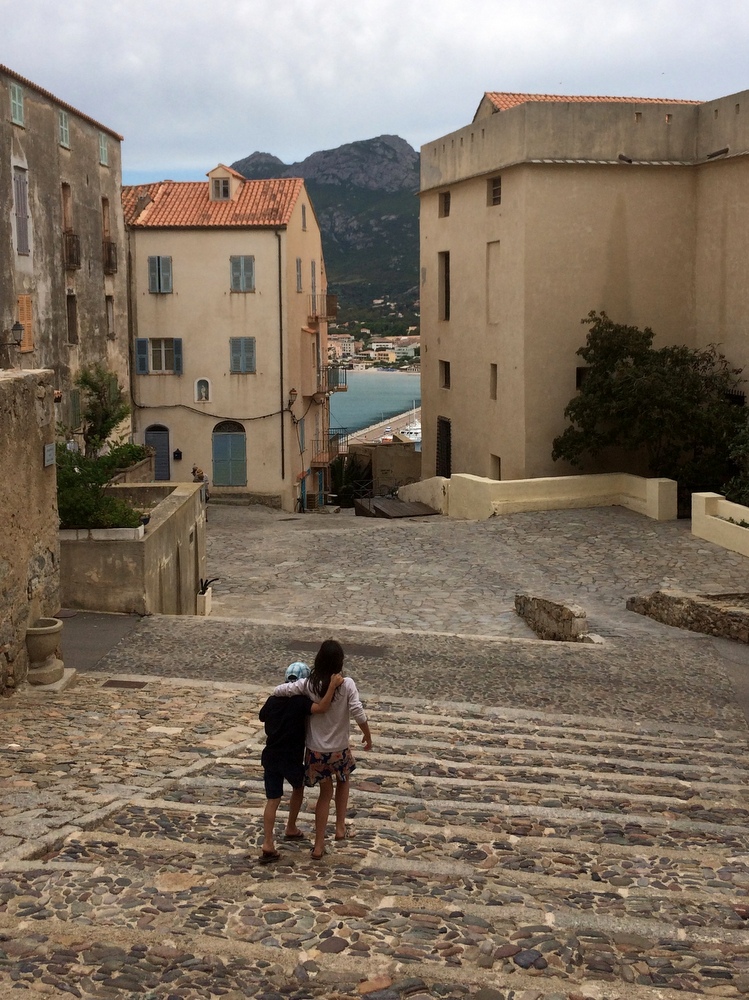
Brother and sister, Calvi (Corsica), May 2017
Thanks to the generosity of NHM’s communication department, I was lucky enough to receive an invitation for the opening function/book presentation last Tuesday. Apart from recommending to go and see the exhibition (until September) I took away some food for thought from the opening talks.
Christian Köberl, the museum’s director, explained how the Natural History Museum – an institution that is widely associated with stuffed animals and a vast collection of rocks – came to host an exhibition covering a problem that is clearly man-made. He linked it to two other exhibitions currently on display: Trading in Death – the Final Mass Extinction? has the commercial interest and its impact on nature as a common denominator. Experiment Life – Gabonionta overlaps as it shows the oldest complex life forms known to man, which share the time and the place (Gabon, 2.1 billion years ago) of a highly above average activity in natural nuclear chain reactions similar to the counterparts in man-made reactors nowadays. Whether there is a causal link to the advent of the first complex, colonial organisms is unclear but interesting.
The museum can shape the context and thus shape perception. By putting three different, seemingly unrelated temporal exhibitions on at the same time, a very constructive overlapping is created – interferences come into being simply through putting three seemingly unrelated things next to each other.
Lois Lammerhuber (of the book’s publisher Edition Lammerhuber) recounted the media reception. Despite the lack of a Chernobyl jubilee, all the important news outlets had already covered the publication and exhibition. When he asked German state TV, who filmed for two hours in the exhibition, why they were doing it, they answered: »Weil ein Buch erscheint« (»because a book is being published«, where the German »erscheinen« can both refer to an »appearance« as well as an »epiphany«). Lammerhuber was visibly impressed by how he, in letting a book appear, can force something onto the agenda of a world that would otherwise not have taken notice at that point in time.
As the two preconditions he identified Ludwig’s willingness to commit to such a long term project and his capability to make something visible.
Gerd Ludwig gave a few insights into the way he works. Even though the subject of his images is suffering and destruction, the are aesthetically pleasing. Aesthetics to him is the grammar of photography.
He views the fact that he does not have to work under a tight time constraint as his biggest privilege because it means that he can talk first and then take the pictures. The trust he establishes through the conversations greatly helps reduce the momentary amplification of suffering he inevitably causes by taking a picture.
He finished by telling a story from Sicily: one night an enormous number of starfish were washed ashore. In the morning, when the sun rose, they started to dry out and die. The children of the village noticed and started carrying them back to the water. An older man from the village stood and watched and said: »you can’t save them all, your enterprise is futile – the little you can do doesn’t make a difference«. One child, holding up a single starfish, replied: »And yet for this one, it does make a difference«. Ludwig wants to be this child always.
Finally, the section chief Michael P. Franz closed the circle Christian Koeberl established by opening the exhibition with a Gottfried Boehm quote: an image, he says, pre-formulates the access to our world.
